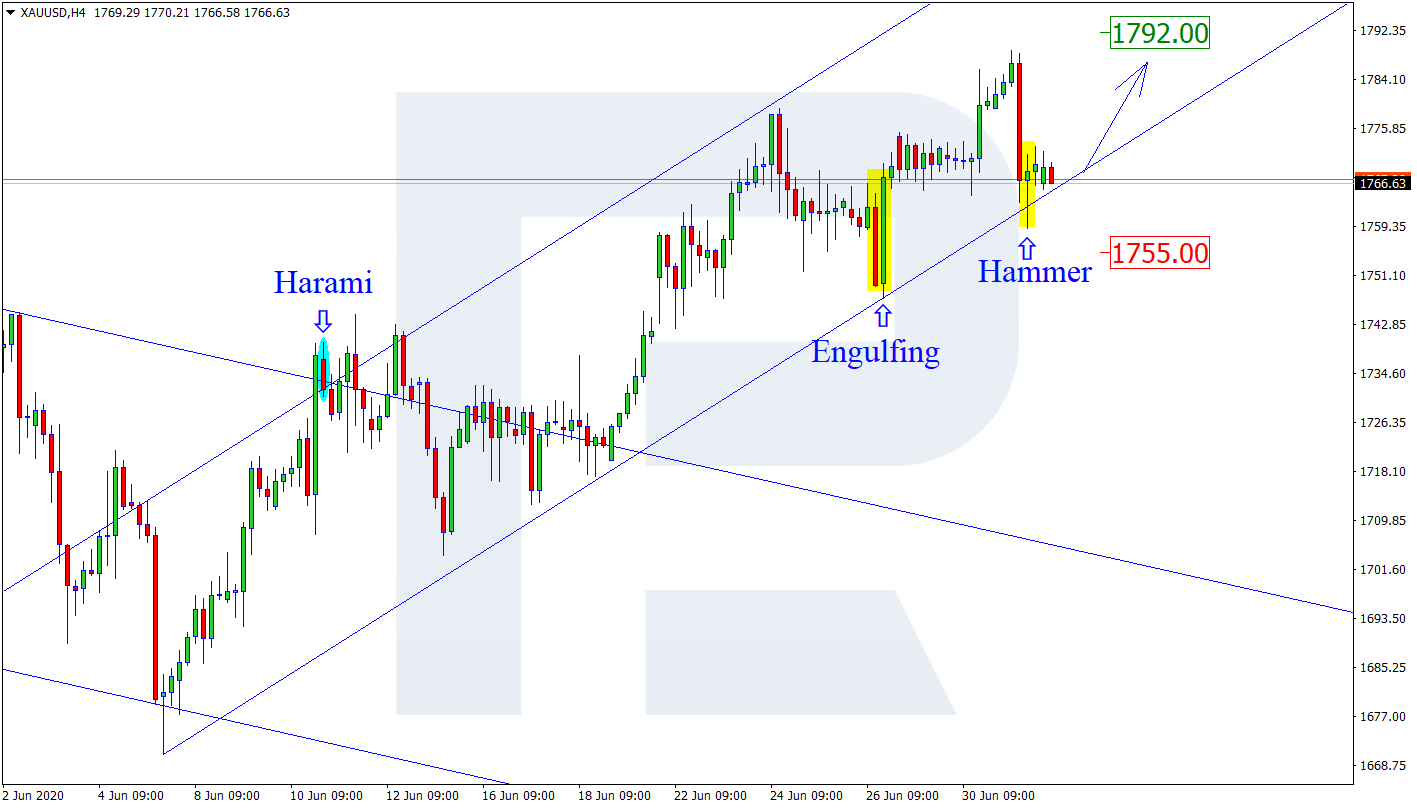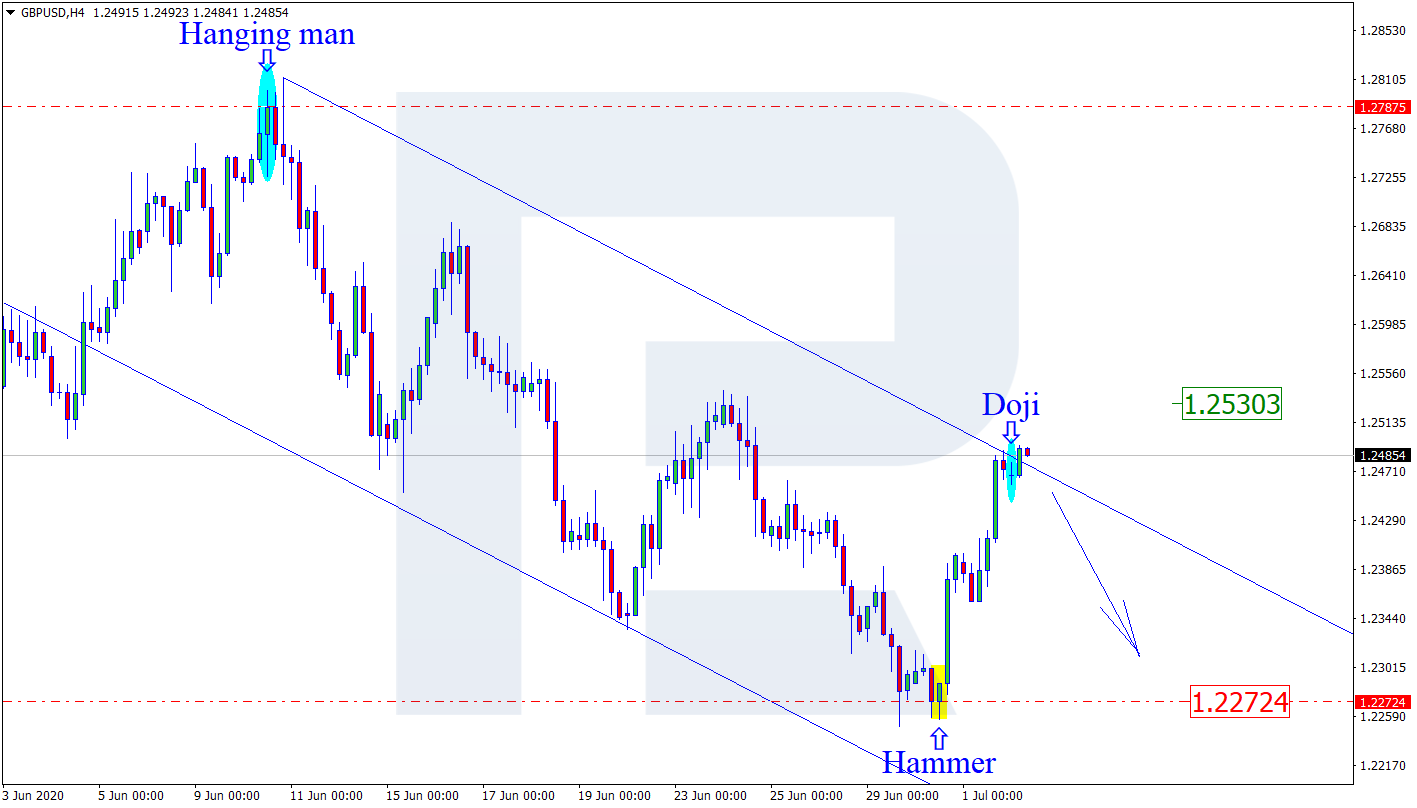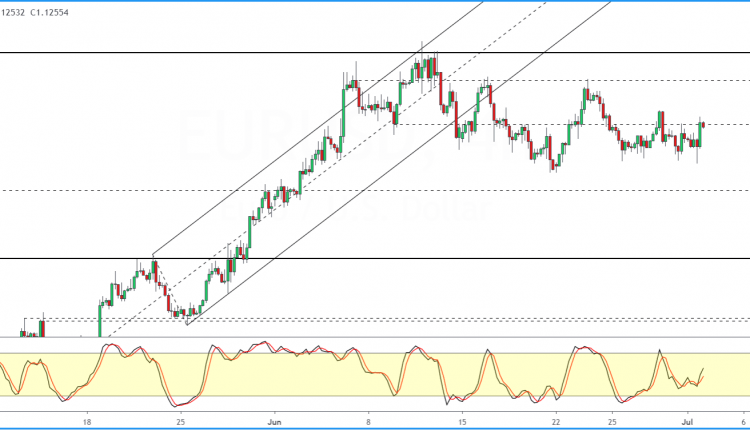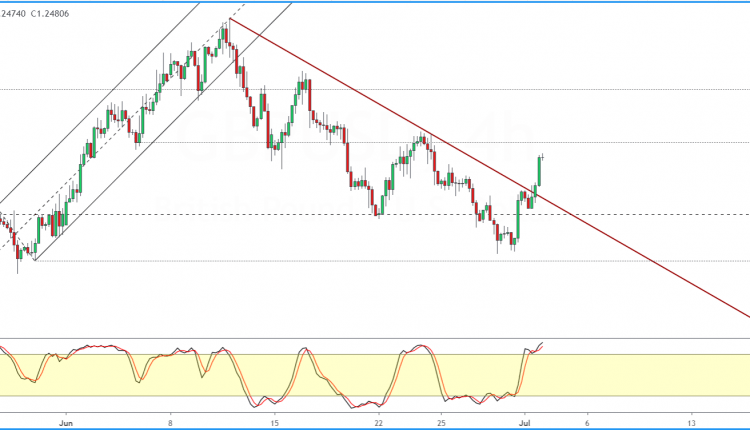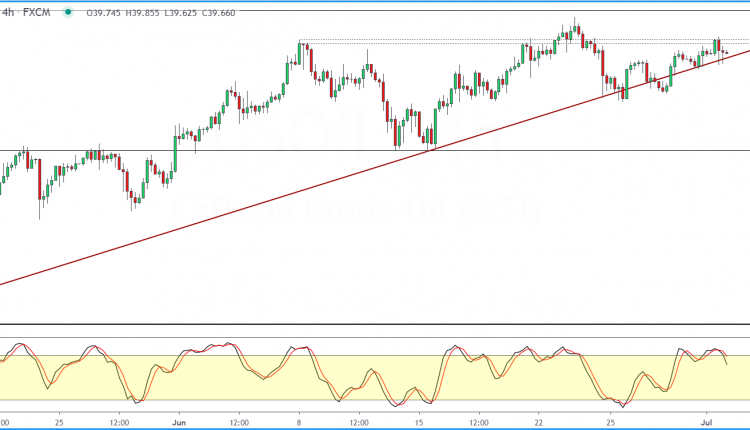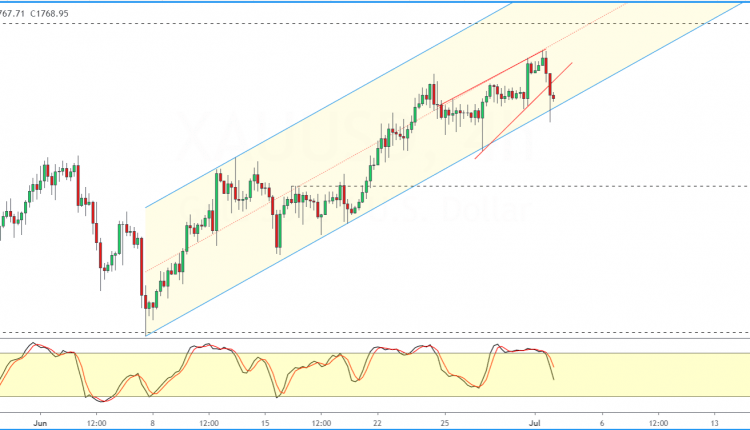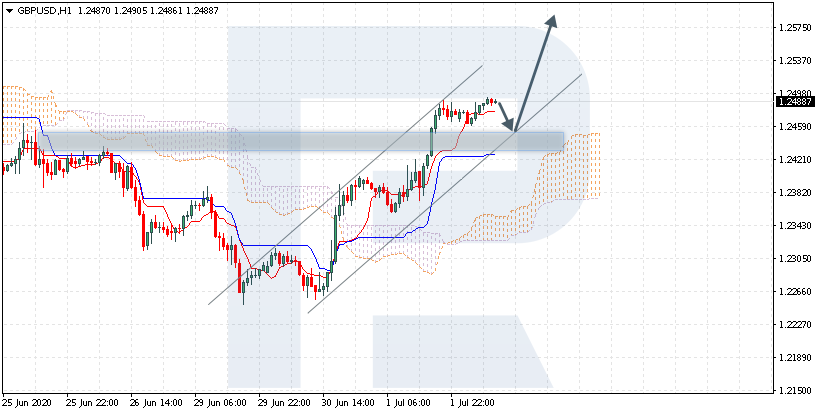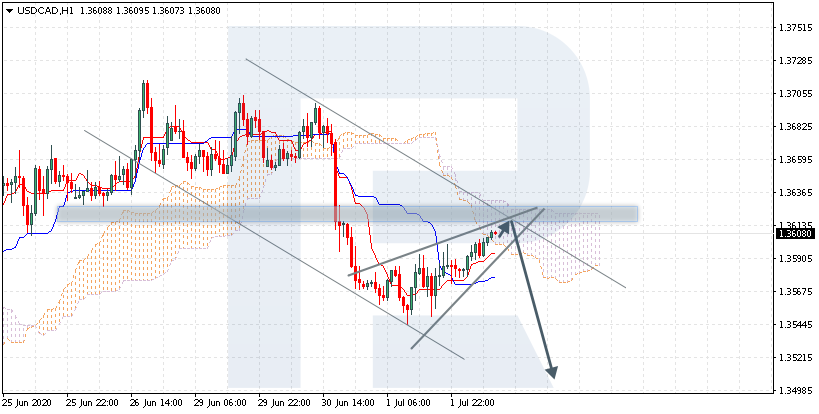The Energy Report
Source: Streetwise Reports 06/30/2020
Shares of clean fuel cell technology company Bloom Energy traded 30% higher after the firm reported it is advancing plans for clean power ships in a joint development agreement with Samsung Heavy Industries.
Solid oxide fuel cell technology company Bloom Energy Corp. (BE:NYSE) and Samsung Heavy Industries Co. Ltd. (010140:KRX) (SHI), a part of Samsung Group, announced that they “have signed a joint development agreement (JDA) to design and develop fuel cell-powered ships.” The two companies reported that they are partnering to work together toward achieving clean power for ships and creating a more sustainable vessels for the marine shipping industry.
Samsung Heavy Industries’ VP of shipbuilding and drilling sales engineering Haeki Jang commented, “By signing this joint development agreement, SHI has a plan to develop eco-friendly ships that will lead the future of the industry…Our goal is to replace all existing main engines and generator engines with these highly efficient solid oxide fuel cells to align with the International Maritime Organization’s 2030 and 2050 environmental targets.”
The company indicated that SHI will be actively involved in the joint development from start to completion in order to achieve the task of building highly efficient fuel cell-powered ships. In turn, Bloom Energy will deploy its cross-functional engineering team to adapt its servers to the specific requirements relative to the marine environment.
The firm mentioned in the report that the companies are now proceeding with the next milestone in their joint development efforts and hope to be ready to present the design to potential customers in 2022. The company advised that “following commercialization, the two companies anticipate that the market for Bloom Energy Servers on SHI ships could grow to 300 megawatts annually.”
The company noted that this joint project fits well with the International Maritime Organization’s mandatory emissions reduction goals set for 2050.
KR Sridhar, founder, chairman and CEO of Bloom Energy, remarked, “The marine shipping industry has the ability to make a substantial impact on emissions and air quality at ports and across our planet…We see a collaboration with one of the world’s largest shipbuilders, SHI, as a moment to make measurable strides in reducing emissions and extending our mission for clean, reliable energy to the seas.”
Bloom Energy, which is headquartered in San Jose, Calif., stated that “its mission is to make clean, reliable energy affordable for everyone in the world.” The firm stated its clients include several Fortune 100 companies and leaders in data centers, healthcare, higher education, manufacturing, retail, public utilities and other industries. The company explained that that “its product, the Bloom Energy Server, delivers highly reliable and resilient, always-on electric power that is clean, cost-effective, and ideal for microgrid applications.”
Bloom Energy began the day with a market capitalization of around $1.0 billion with approximately 125.2 million shares outstanding. BE shares opened greater than 10% higher today at $9.08 (+$0.86, +10.46%) over yesterday’s $8.22 closing price. The stock has traded today between $9.05 to $10.94 per share and is currently trading at $10.96 (+$2.74, +33.33%).
Sign up for our FREE newsletter at: www.streetwisereports.com/get-news
Disclosure:
1) Stephen Hytha compiled this article for Streetwise Reports LLC and provides services to Streetwise Reports as an independent contractor. He or members of his household own securities of the following companies mentioned in the article: None. He or members of his household are paid by the following companies mentioned in this article: None.
2) The following companies mentioned in this article are billboard sponsors of Streetwise Reports: None. Click here for important disclosures about sponsor fees.
3) Comments and opinions expressed are those of the specific experts and not of Streetwise Reports or its officers. The information provided above is for informational purposes only and is not a recommendation to buy or sell any security.
4) The article does not constitute investment advice. Each reader is encouraged to consult with his or her individual financial professional and any action a reader takes as a result of information presented here is his or her own responsibility. By opening this page, each reader accepts and agrees to Streetwise Reports’ terms of use and full legal disclaimer. This article is not a solicitation for investment. Streetwise Reports does not render general or specific investment advice and the information on Streetwise Reports should not be considered a recommendation to buy or sell any security. Streetwise Reports does not endorse or recommend the business, products, services or securities of any company mentioned on Streetwise Reports.
5) From time to time, Streetwise Reports LLC and its directors, officers, employees or members of their families, as well as persons interviewed for articles and interviews on the site, may have a long or short position in securities mentioned. Directors, officers, employees or members of their immediate families are prohibited from making purchases and/or sales of those securities in the open market or otherwise from the time of the interview or the decision to write an article until three business days after the publication of the interview or article. The foregoing prohibition does not apply to articles that in substance only restate previously published company releases.
( Companies Mentioned: BE:NYSE,
)




